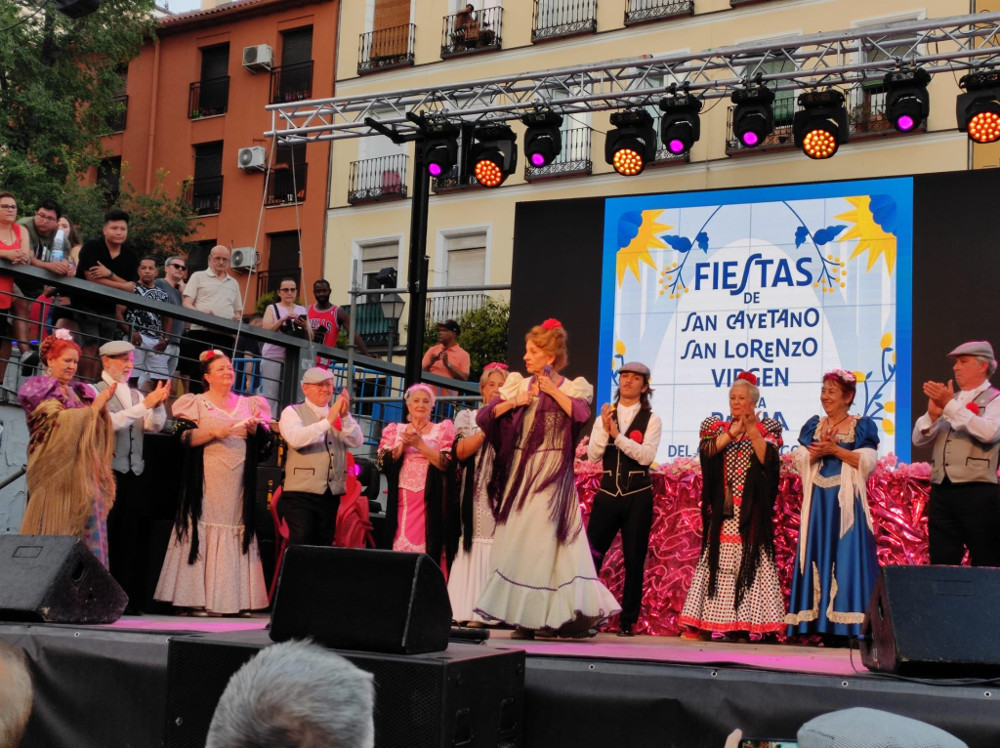MADRID - Spending the summer in Madrid is almost an act of resilience. While many Madrileños escape to beaches or mountains, others find a peculiar charm in staying. With the streets nearly empty, parking is easy, there are no lines, and the city seems to settle into an unusual calm. But despite the scorching heat, Madrid doesn't stop: the local festivals become the beating heart of the city.
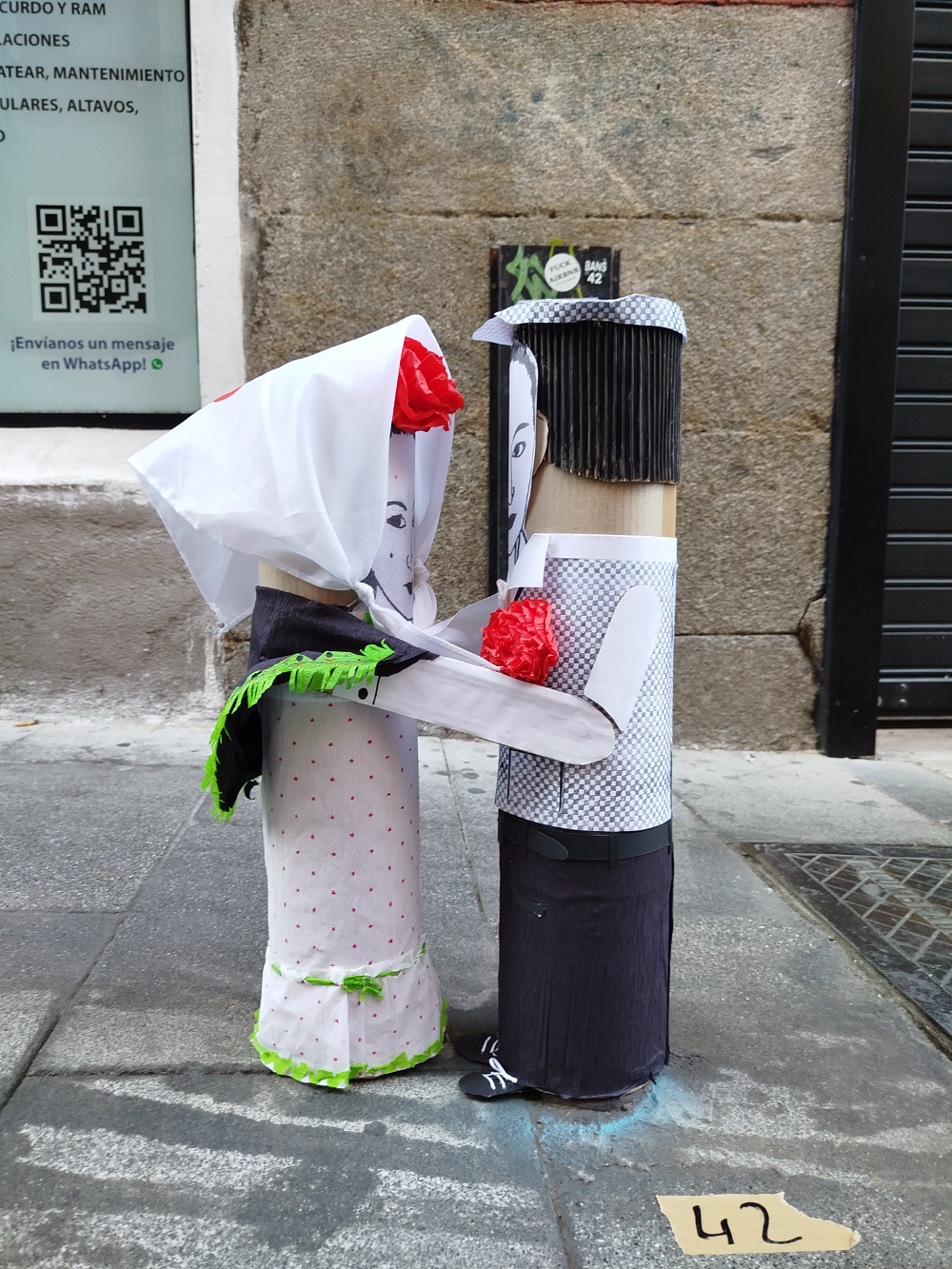
Amid this intense tranquility, the festivals of San Cayetano, San Lorenzo, and the Virgen de la Paloma bring life to three iconic neighborhoods. On August 12th, in Lavapiés, we witnessed how this marathon of celebrations attracts those who don't want to miss the vibrant festive spirit that only Madrid can offer in the height of August.
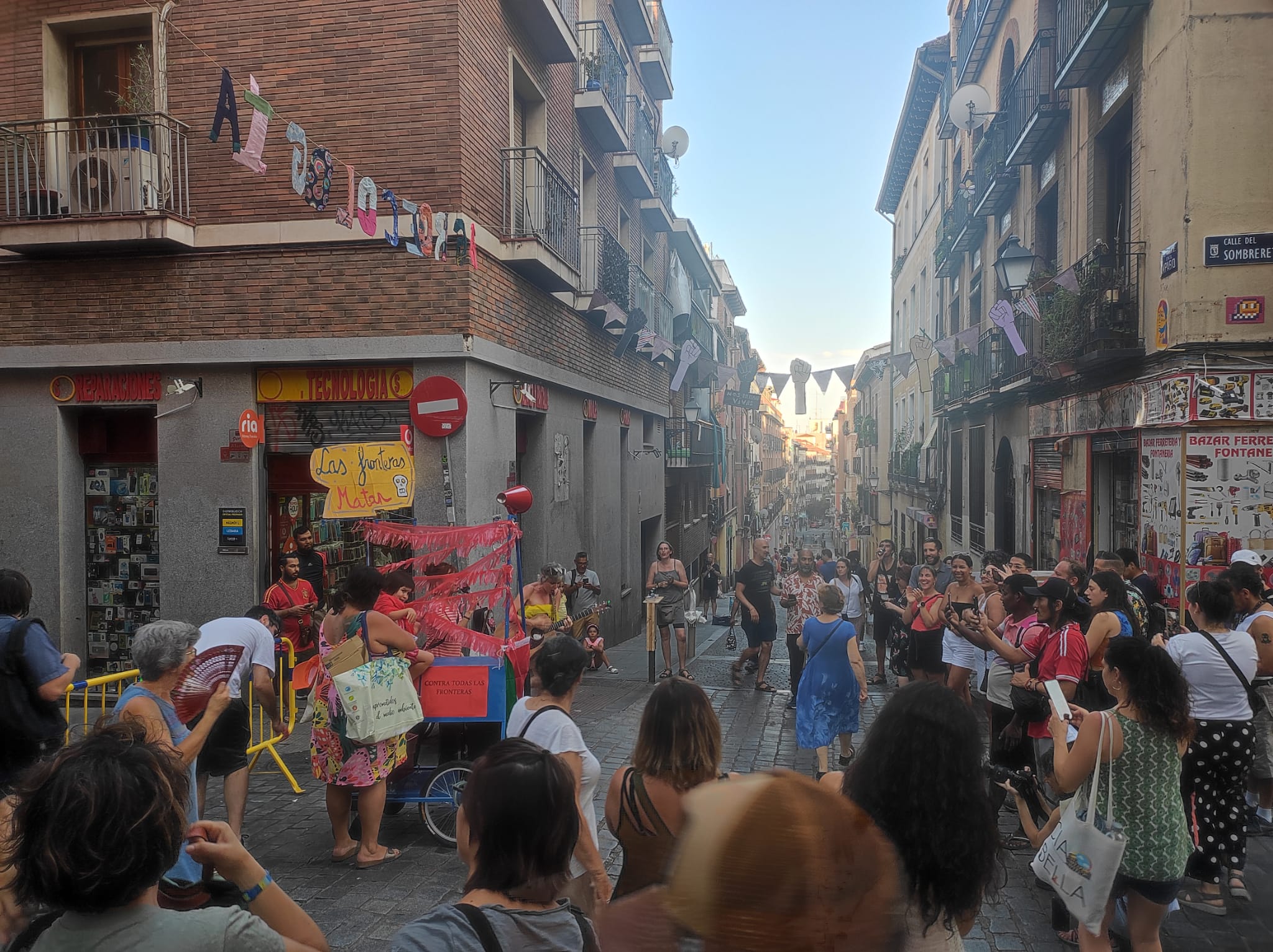
The streets of Lavapiés come alive during the San Lorenzo festivities, a celebration where traditional Madrid merges with the multiculturalism that defines this iconic Madrid neighborhood. As the evening fell, the hustle and bustle took over every corner, and the music, colors, and joy filled the air, creating a unique atmosphere.
A stroll down Calle Argumosa, known for its lively terraces, led us to the heart of the party. The tables were full of groups of friends and families, all enjoying a cold beer and some tapas, while the sound of laughter and conversations in multiple languages mixed with the music blaring from the speakers. This street, one of the main arteries of the neighborhood, seemed to pulse with a special energy, driven by the diversity of its people.
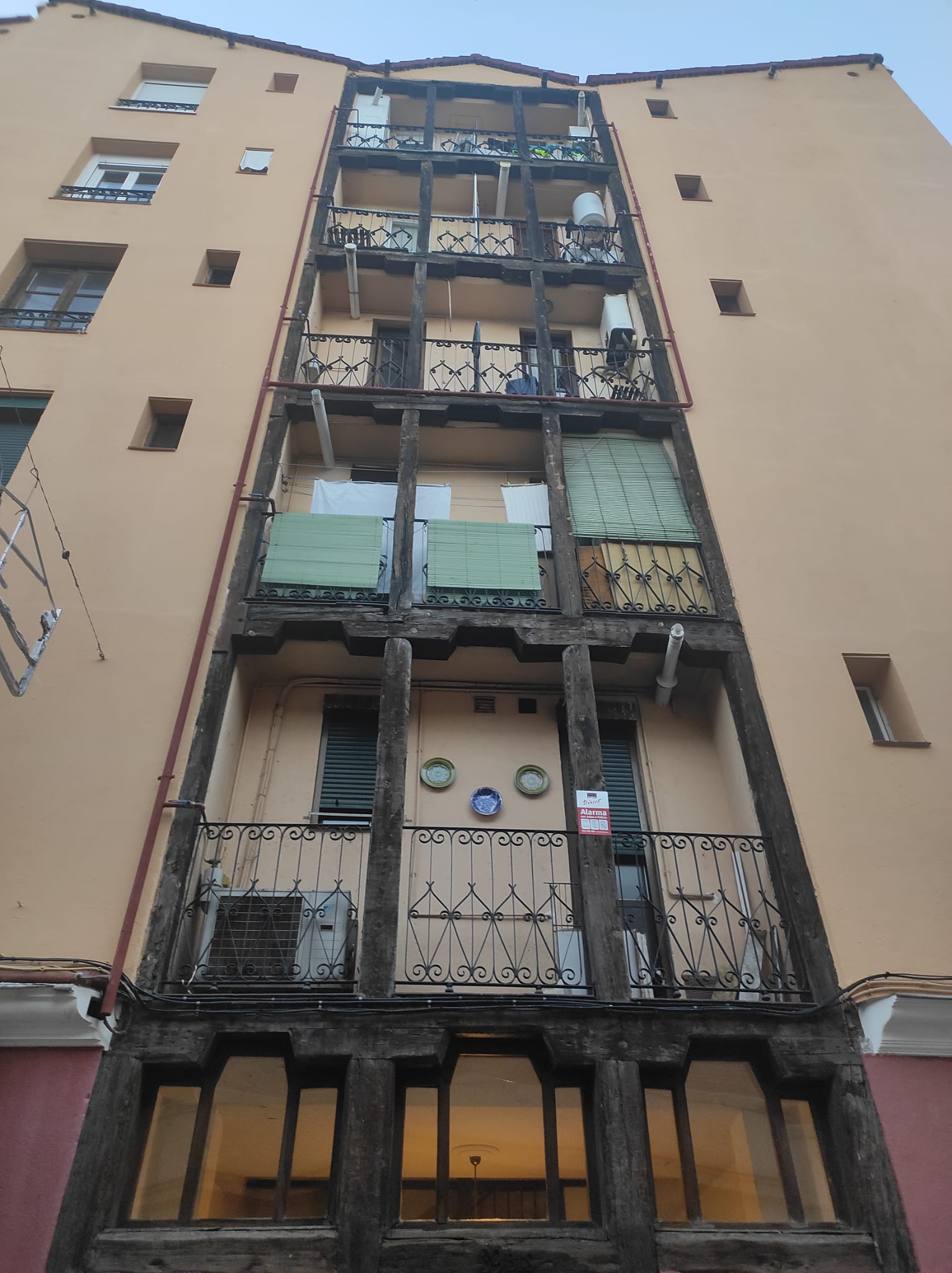
As we walked, we were drawn to a peculiar initiative. The streets are transformed into an open-air gallery with impressively decorated bollards. In fact, there’s a contest for bollard decoration, challenging talent and originality. You see everything from nature-inspired designs to abstract creations. This not only beautifies the urban environment but also fosters community participation and artistic expression.
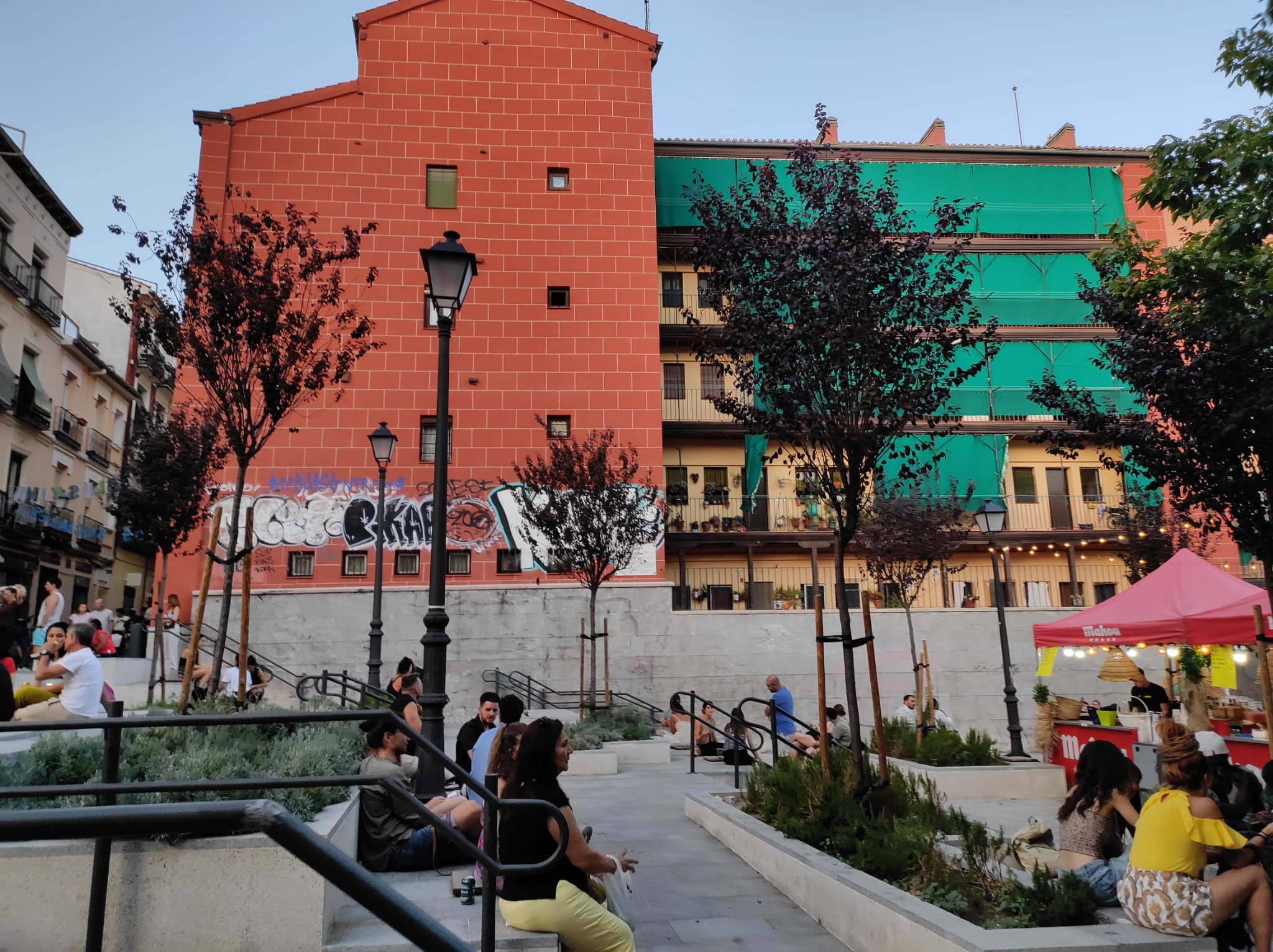
The main stage, set up in the square where the writer Arturo Barea once lived, became the epicenter of the festivities. Here, grandmothers and grandfathers dressed as authentic Manolos and Manolas, with their dark suits and Manila shawls, took to the stage to perform zarzuelas and dance the chotis, that quintessential Madrid dance that, despite its simplicity, reflects elegance and character.
The most fascinating discovery was how the traditional chotis attire itself reflects the multiculturalism that defines Lavapiés. The embroidered mantilla and Manila shawls, originating from the Philippines and China, have become symbols of Madrid’s identity. Similarly, the fan, brought from Asia centuries ago, is gracefully displayed in the hands of the chulapas, reminding us that Madrid has always been a city open to the world, where foreign influences are integrated and made their own.
Lavapiés is a melting pot of cultures, a place where more than 100 nationalities coexist, and that diversity is evident on every corner. From markets with exotic products to restaurants offering flavors from all continents, the neighborhood is a global microcosm in the heart of this capital. But what’s most surprising is the harmony with which all these cultures coexist and intertwine, creating a rich and dynamic community that is much more than the sum of its parts.
As night fell, the festival lights illuminated the corralas, those traditional buildings with open interior patios, allowing glimpses of small communal worlds from the street. These corralas, defended by their residents over the years, are a symbol of the resistance and pride of the people of Lavapiés, who have fought to preserve the identity of their neighborhood against the forces of modernization.
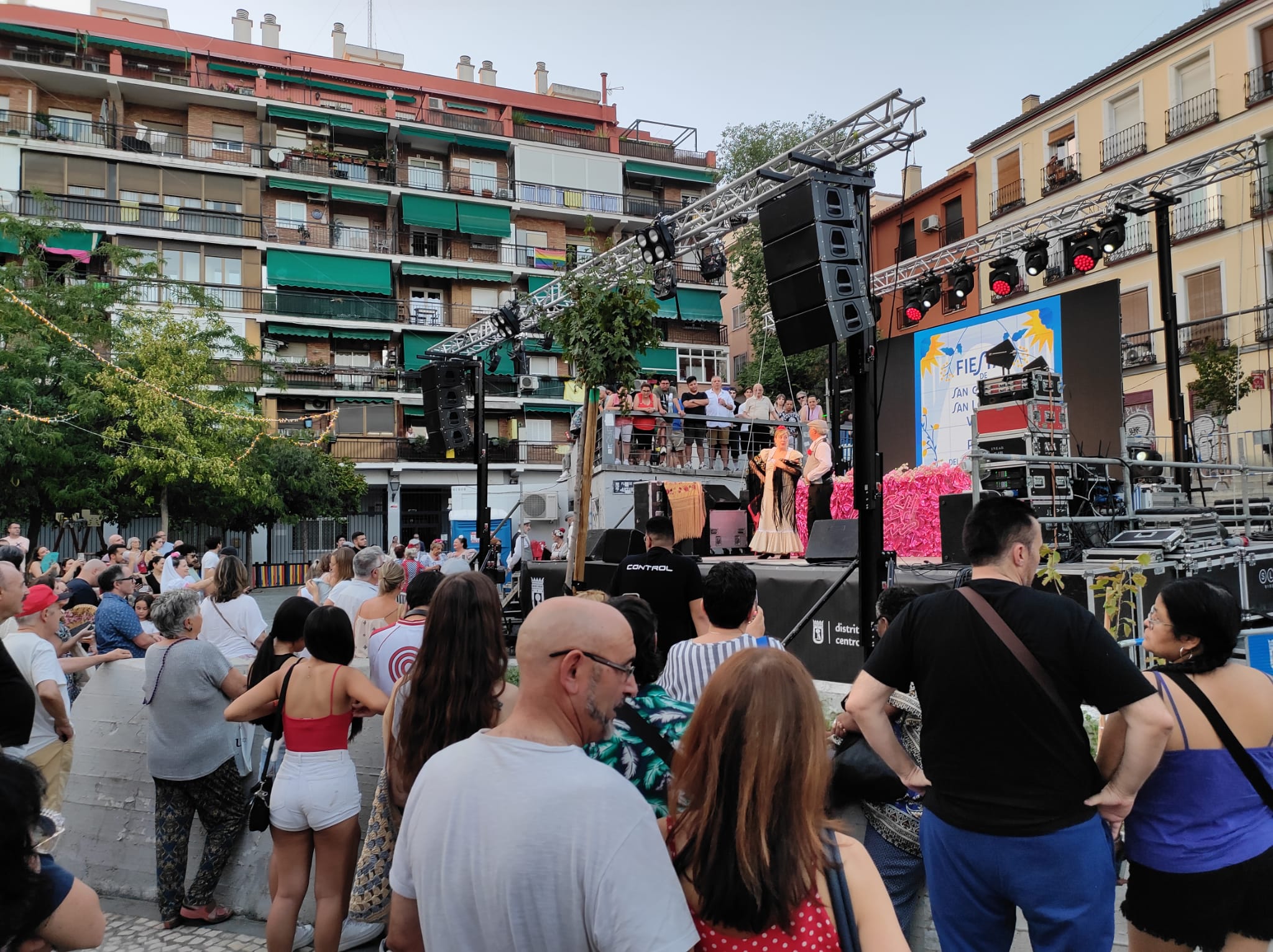
In Lavapiés, the past and present engage in a constant dance, like the chotis that was being danced in the square. Tradition remains alive but is enriched daily with new influences, new voices, and new stories arriving from all over the world. This fusion is what makes Lavapiés more than just a neighborhood; it’s a reflection of the soul of Madrid, a city that welcomes, transforms, and celebrates its diversity with open arms.
During the San Lorenzo festivities, we felt the essence of Madrid in its purest form: a place where tradition meets modernity, and where cultural diversity is not only respected but celebrated. It was an evening to remember, a night when the soul of Lavapiés shone in all its splendor.
Madrid dresses up in August for its traditional verbenas, which bring life to the city center in honor of San Cayetano, San Lorenzo, and the Virgen de la Paloma. This year, the San Lorenzo celebrations in Lavapiés were held from August 10th to 13th, with a festive program centered around Plaza de Arturo Barea and spreading throughout the neighborhood with performances and social events.
Last year, I visited Lavapiés. One of the places that impressed me the most was La Tabacalera, an alternative space that, unfortunately, is now closed. I was also delighted to find a community garden for children, a true green lung in an area where buildings dominate, and gardens are scarce. Projects like this emerge in neighborhoods like Lavapiés, which have a vibrant and collaborative spirit.
Returning amid the festive atmosphere and decorated streets made me think of the San Juan Camagüeyano, the San Juan I never got to know, but whose essence of neighborhood life is evoked and missed, from a time when celebrations were intimate and local. It’s curious because, in Lavapiés, you also hear older people nostalgically say that the verbenas were once for the neighbors.
Translated by Linet Acuña Quilez



